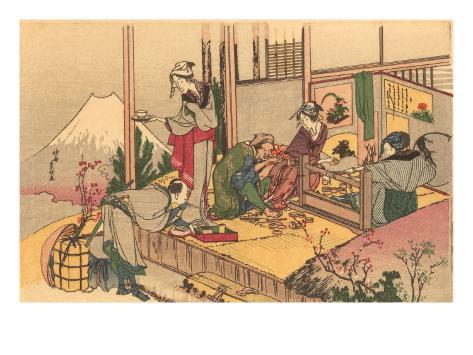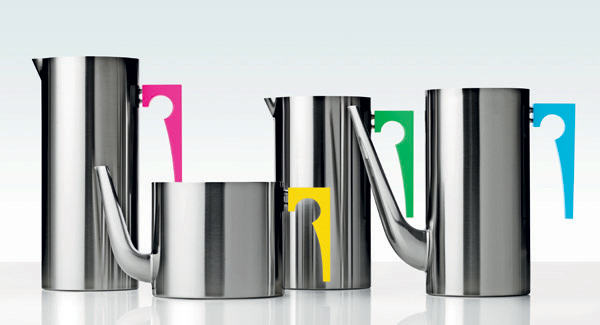 |
| Santa Elena Canyon by Wyman Meinzer |
If you’re a reader of this
blog, you know we are big fans of the Japanese concept of wabi-sabi. Among other things, wabi-sabi teaches that
there is beauty in all of nature’s stages and ages. With our 'wabi-sabi' eyes, we look at and see
the stark images of the Texas landscape differently. (And looking through the official Texas state
photographer Wyman Meinzer’s eyes certainly helps as well!)
We’d like to share with you
another artist who has taken the concept of beauty in nature to a new
level. Greg Dunn was initially trained
as a scientist. One day he was studying
stained neuron slices under a microscope and ‘realized they had a lot in common
with Asian art aesthetics.’ More
specifically, they reminded him of the ancient brush-painting technique of sumi-e, which is
grounded in a meditative practice. He
began to paint pictures of neurons and, well…one thing led to another and he’s
now a full time, commissioned painter.
Two of our favorite works of
his are shown below; both began with brain cells. (In more ways than one.) The first of the
two – Cortex in Metallic Pastels –
not only was inspired by one of nature’s smallest ‘beings’, but was even
painted by Dunn in as natural a style as he could conceive. (Instead of painting with his hands, he blew on
the paint so it separated into tendrils - much as a neuron would actually
grow.) In Cerebellar Lobe, he depicts the cells responsible for planning
motion in the more primitive cerebellum.
And we especially love this one because of that subject. It’s those beautiful, golden cells that also give
a pianist’s fingers ‘motor memory.’ And
give us the pleasure of hearing the result!
Have a wabi-sabi day!
 |
|
Cortex in Metallic Pastels (2012) by Greg Dunn
|
 |
| Cerebellar Lobe (2012) by Greg Dunn |













